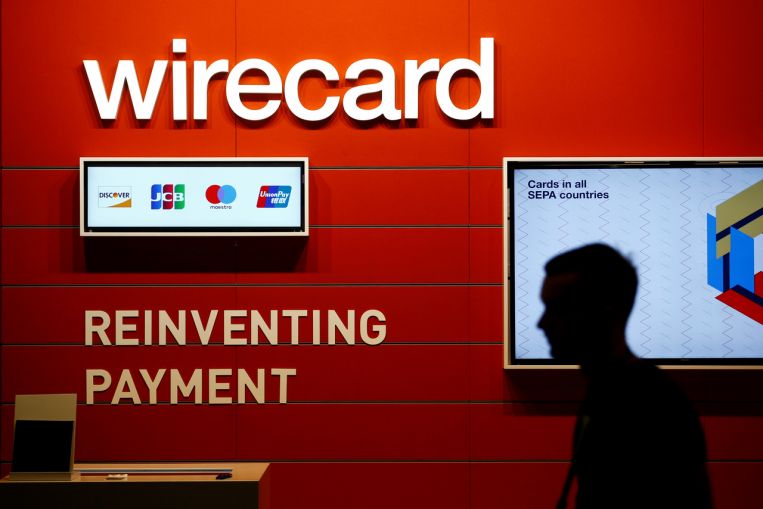
The Wirecard affair
The Wirecard scandal highlights how an apparently respectful and regulatory-compliant company can disclose certain strands of information, while tactically omitting crucial details, allowing it to overcome regulatory constraints and rigorous audits.
Fraud appears to have been enabled by a large branch network and a twisted corporate structure. The 2006 acquisition of XCOM Bank AG significantly expanded Wirecard's mandate, making it suitable for issuing credit cards, while managing money on behalf of traders, a spectrum of activities that traditionally blurs the line between non-bank banking transactions and simple.
Between 2011 and 2014, Wirecard started buying several Asian payment companies, adding further levels of complexity to the company's structure and balance sheet. According to a Financial Times investigation, some of these branches were processing payments on behalf of the company, allowing Wirecard to build a sophisticated shield for suspicious accounting practices, including a $ 2 billion budget hole.
In 2020: an investigation by German and Singapore regulators led authorities to locate two trust accounts in the Philippines, which allegedly held the missing money. The assumptions and doubts about Wirecard's good faith have led many to believe that the company was inflating its value by simulating business with third-party buyers.
A slightly divergent theory suggests that perhaps some of this "business" was legitimate, but was not necessarily conducted on Wirecard's behalf, and money was never where it was supposed to be.
The blockchain alternative
Blockchain technology allows the sharing of inter-organizational information in real time that can mitigate the risk of financial crimes. This also applies in cases where the crime networks are geographically distributed, with multiple banks used to cover illegal activities, such as in the case of Wirecard.
As crime networks become increasingly sophisticated, blockchain technology can be leveraged to help regulators control a vast ecosystem for buy bitcoin and not only. Obviously, companies will always need some degree of privacy for regulatory or competitive reasons.
For this reason, it would be appropriate to work to find the right balance, making the main companies responsible for their actions in a more efficient way than any government or regulated body currently able to do, using blockchain technology and new cryptographic techniques that help to signal spurious transactions.
In the case of Lehman Brothers, Enron and now Wirecard, the competent regulatory bodies have failed publicly. Although Wirecard has been completely audited, the company's multi-layered branches have made it possible to confuse financial information and circumvent regulations.
With the blockchain implemented in the context of a regulated financial system, we can move towards more decentralized and transparent payment and accounting systems, saving future regulatory violations and dissuading corporate bodies from defrauding the system.
